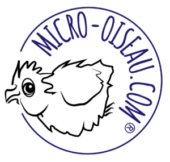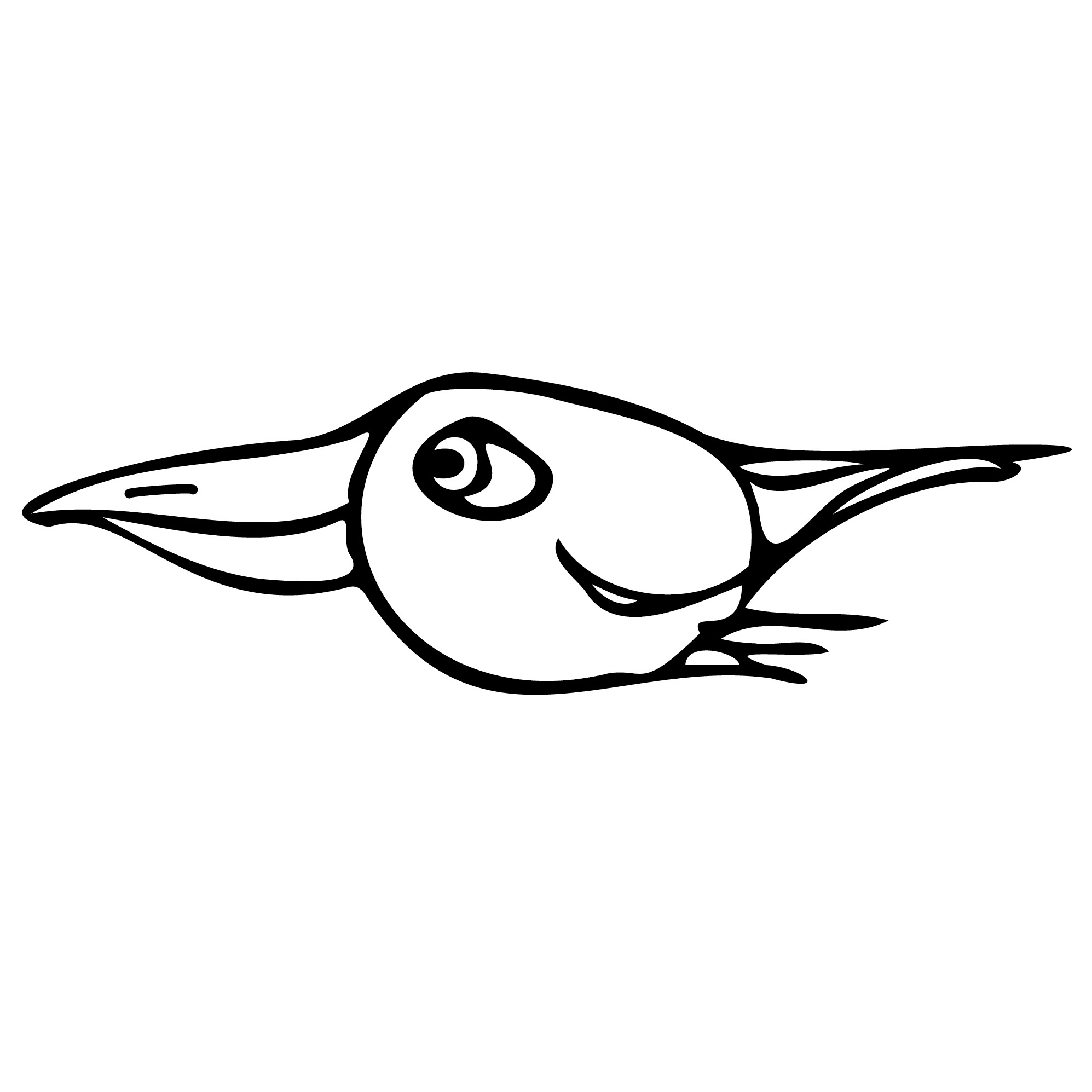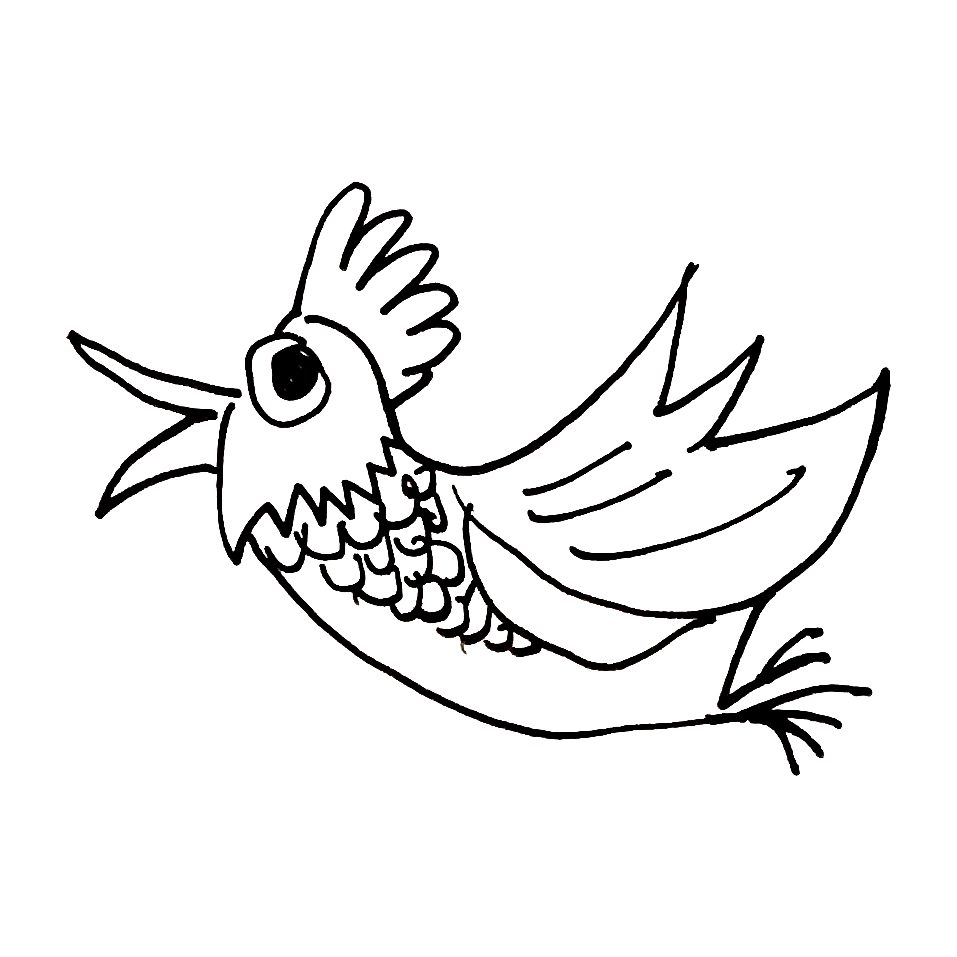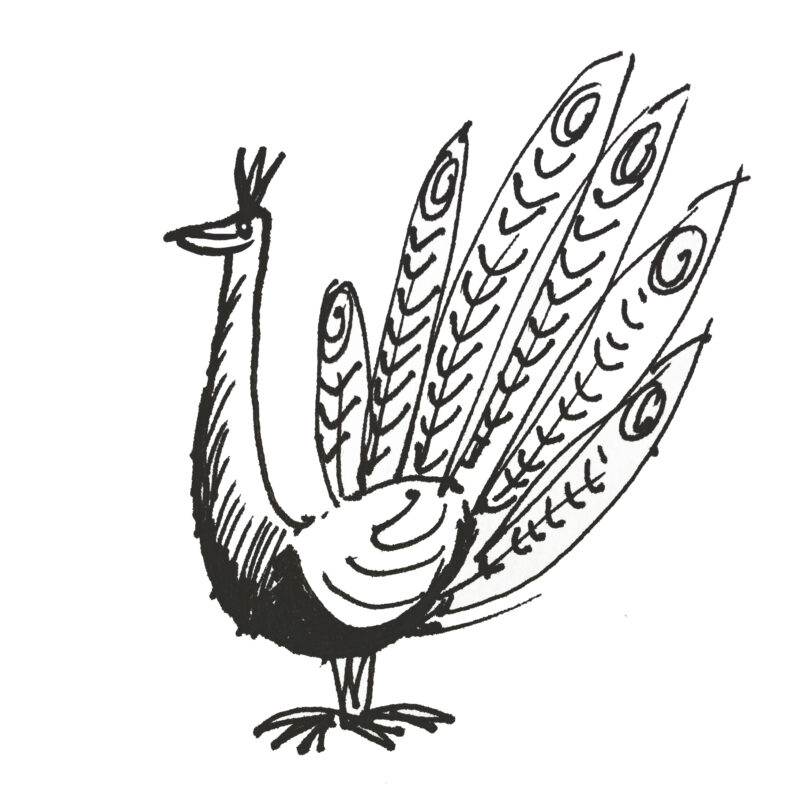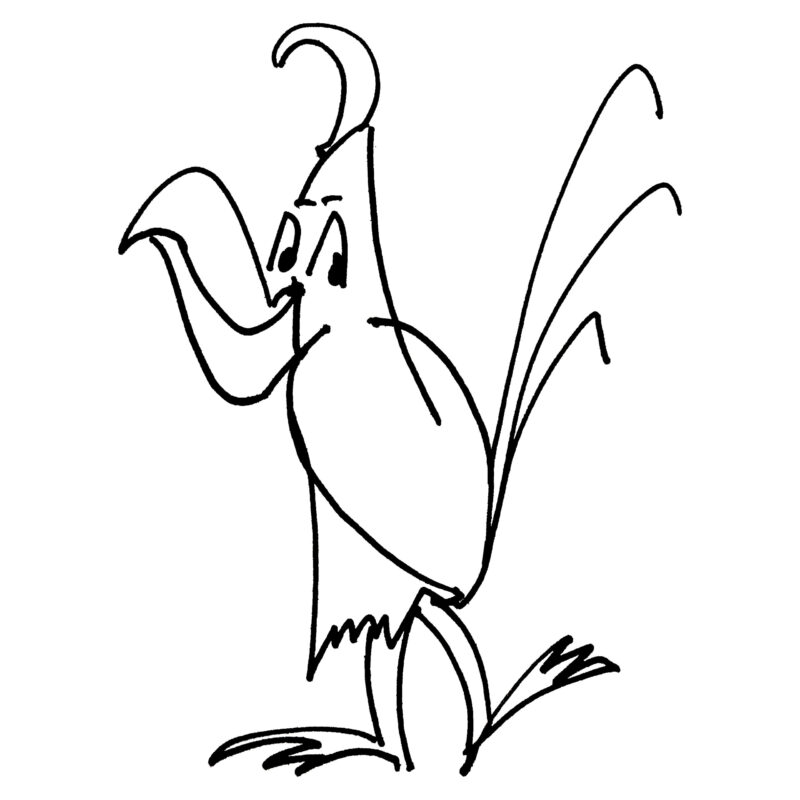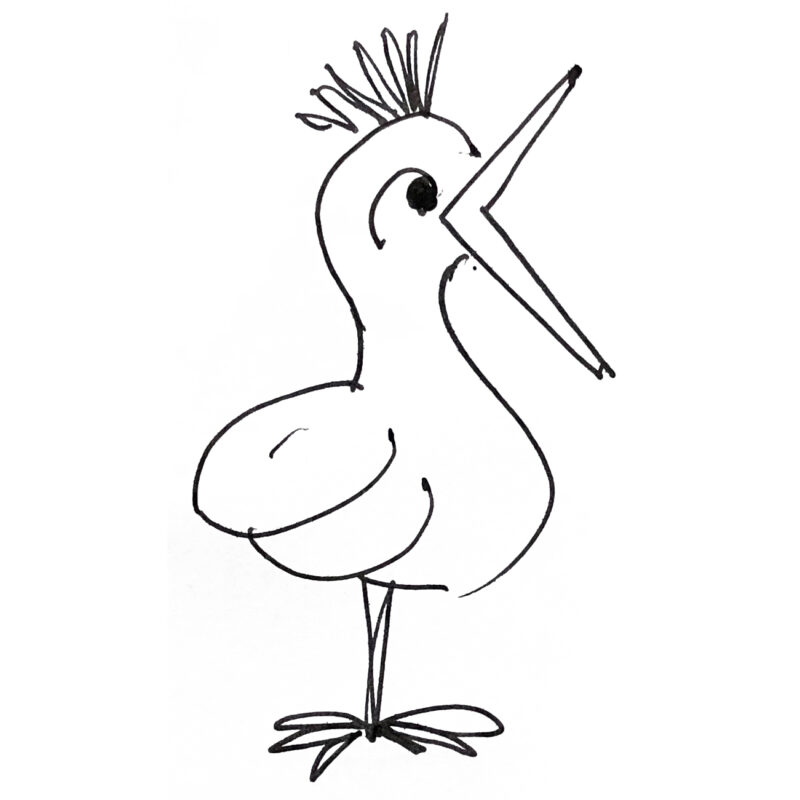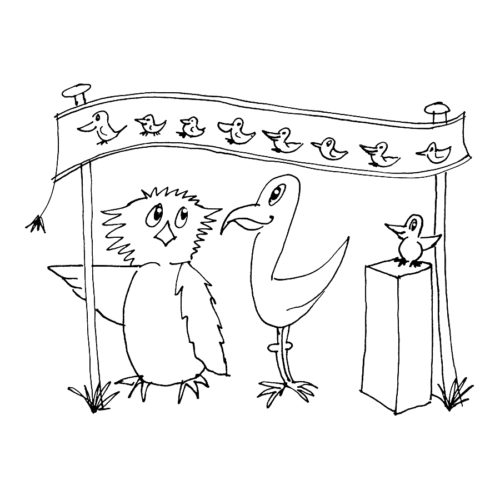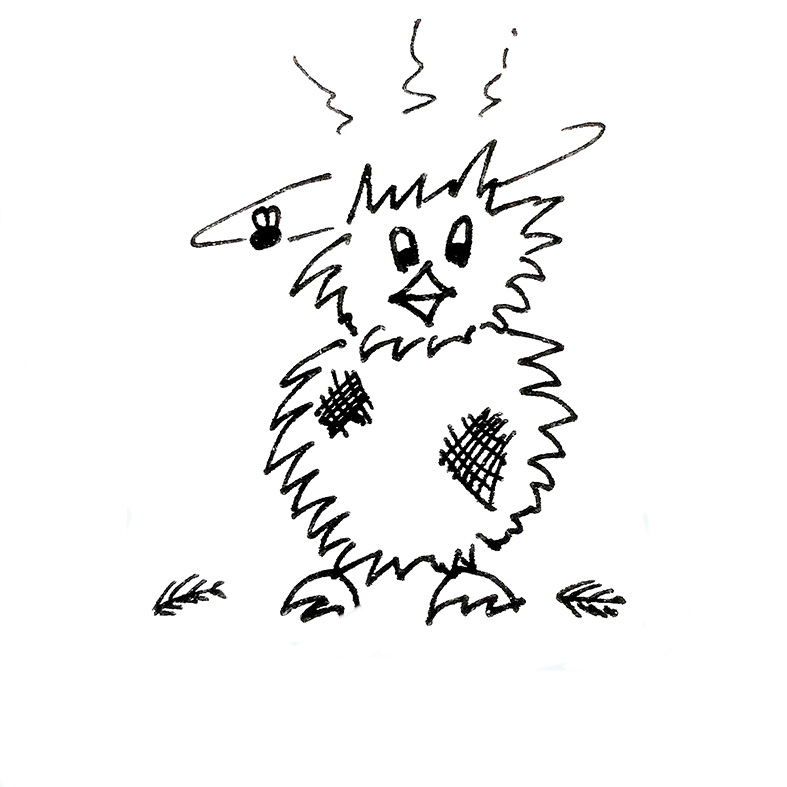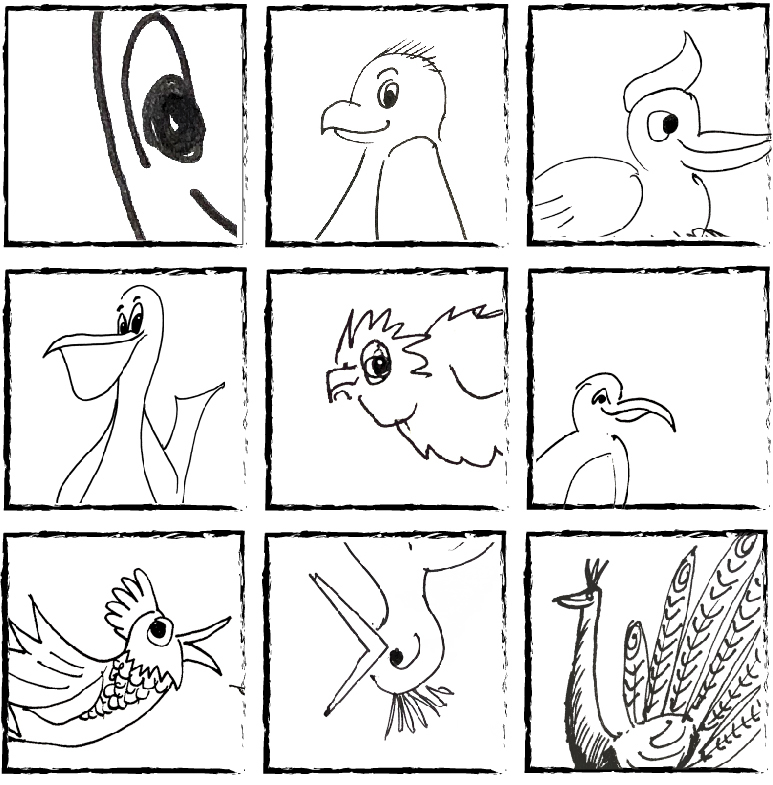#7 Be Successful: how to collaborate
Collaboration is two or more people working together towards a shared goal. When we collaborate, we create, we improve and we solve problems, and, more often than not, we do it faster and better than we would do alone.
In this guide we explore examples of great collaboration, the lessons we can learn and count down the top ten tips of how to collaborate successfully.
“None of us is as smart as all of us” Kenneth Blanchard
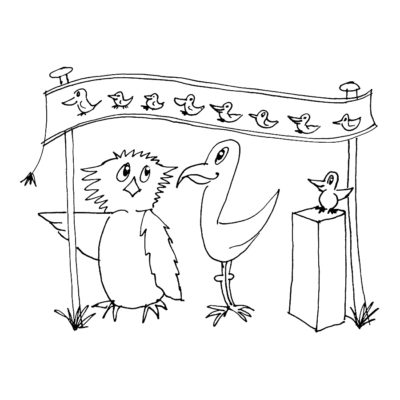
Before we begin… It’s worth noting that collaboration is NOT the same as cooperation.
Collaboration means two or more people supporting each other to achieve the same goal.
Cooperation, on the other hand, means two or more people supporting each other to achieve their own separate goals.
A good example of collaboration would be a band: a group of people playing different instruments to produce the same tune. They all have different skills but the goal is single, shared and harmonious.
Collaboration is the secret AND the key to many a successful business and world-changing innovation.
Collaboration is a way of thinking
Let’s explore collaboration. Find out about the benefits it brings and how you can collaborate to increase your chances of success!
Sometimes collaboration can feel effortless. Sometimes it can be frustrating. Sometimes disappointing, but without collaboration we wouldn’t have the lifestyle, culture and technology we enjoy today.
Without collaboration countless great ideas and inventions wouldn’t have got off the ground. Micro Oiseau is a collaboration. It has taken the talents of many people with one goal for you to be able to read this today. We are here to support your success. And, by reading and sharing our guides, you are an important part of ours.
Humans are hardwired to collaborate
Collaboration requires people to share what they know to create something bigger and better than they could achieve on their own.
Over many thousands of years humans have been hardwired to share skills for survival; to hunt for larger prey and build stronger shelters to better protect family groups.
Today, although we may not need to fend off a sabre tooth tiger or build our own homes, we are no different in that we all have skills we can combine with others to achieve a common purpose. When we do this we become stronger, wiser and more resilient.
In order to collaborate well we need to be open to new ideas, new opportunities and ways of doing things. We need to be able to SHARE.
“If you want to go fast, go alone. If you want to go far, GO TOGETHER.” African proverb
How far do you want to go?
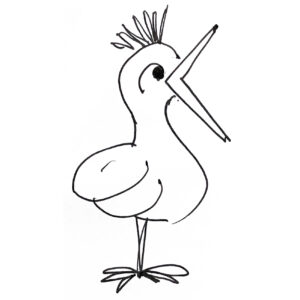
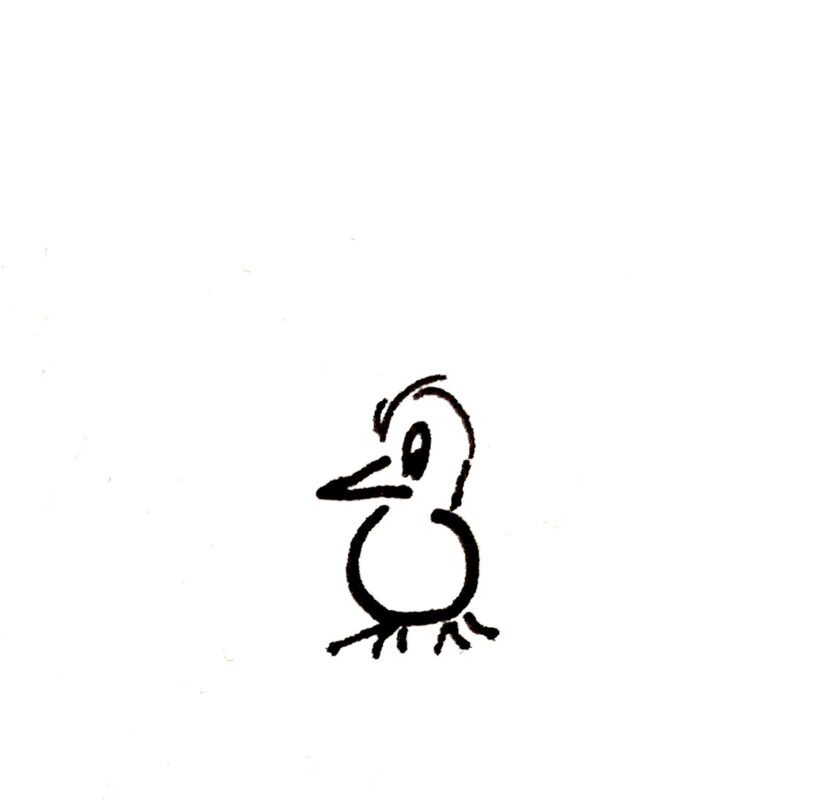
Be open to opportunity
“Following a plan is good for progress. Opportunity, however, usually exists off the plan.” Simon Sinek
Being open-minded and curious about everything and everyone will mean that you are far more likely to spot a great opportunity. It is also often true that these opportunities come from unexpected places, including this great example of successful collaboration between medicine and fashion.
Dr Roger Kneebone (as his name suggests!) is a doctor and professor at Imperial College in London. Dr Kneebone also has a reputation for unusual and creative collaborations to solve problems. One of these collaborations has been his work with the famous English tailor Patrick Grant.
Dr Kneebone was concerned about patients who were struggling with recovering from their surgical wounds. These wounds could be slow and painful to heal. In particular, Dr Kneebone noticed that a lot of problems were caused by the poor stitching of the surgeons. It was clear that surgeons were so focused on the medical procedure that their ability to sew neatly, or well at all, was not questioned.
Dr Kneebone turned to expert tailor Patrick Grant, who agreed to collaborate with a group of surgeons on developing new stitching techniques. The collaboration of tailor and surgeon resulted in faster, neater and better stitching with patients recovering quicker, needing less pain medication and with fewer scars.
If you had the choice between a surgeon who understood the benefits of neat stitching and could sew, and one who just gave it their best shot, which one would you choose?
Often you need to look outside your experience and expertise to improve something or solve a problem. Creative collaboration means watching out for and welcoming new and sometimes surprising collaborators.
Find out more about Professor Roger Kneebone and his enlightening collaborations.
A collaborative mind is curious and democratic.
Ask yourself, “How can my shared skills be used to solve a problem?”
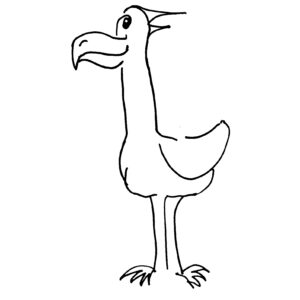
Good collaboration leads to improvement
Great collaboration leads to innovation
“I’m going to put a thousand songs in your pocket.” Steve Jobs
New products like the first ipod, or new business structures like UBER, don’t just improve the way we do things, they change them forever.
Today, the sheer complexity and increasing number of questions needing answers is forcing us to collaborate, especially in science where projects require more knowledge than any one individual can possess.
Our first example of highly successful collaboration are the twelve founding member states and scientists that established CERN (Conseil European pour la Recherche Nuclear) one of the longest and most successful collaborations in the history of science.
Sharing ideas, knowledge and costs for decades, today Europe still dominates the field of particle physics. And that’s not all CERN has been responsible for… How about the World Wide Web?
While working at CERN, British computer scientist Tim Berners-Lee came up with the idea in 1989 to help him communicate and collaborate more efficiently with colleagues. Fast forward to today and the Internet underpins much of our home and work lives around the globe.
We are also using past and present collaboration to help inform our future.
A ‘Hive Mind’ describes mass collaboration of many people working together to solve or address an issue.
Every day for the past 200 years, sea captains all around the globe recorded the weather and sea temperature in their logs. This vast, untapped knowledge is now the focus of a massive collaborative effort by scientists supported by the general public. Volunteers are tracking down ships’ logs in archives, libraries and private collections in order to collate weather and sea temperature data into one vast database. Scientists will then use the database to help today’s oceanographers map and measure changes in sea temperatures as our climate warms.
Learn more about the Hive Mind creating the sea temperature database.
Top Ten Tips on How to Collaborate Well
Here’s our Micro Oiseau check list to ensure that everyone wins!
1. Is collaboration what you need?
Collaboration in NOT a way of getting what you want cheaper and easier. So, think about your goal. Could it be achieved in another way? For example, by taking a course, getting a loan, recruiting more staff or sub-contracting work?
2. Assess your risk versus reward
Collaboration brings risk. Take your time to review any proposed collaboration and work out the risks and rewards for you and your business. What might you gain and what might you lose? Importantly, what are you prepared to lose? Is the time and effort worth the rewards you seek? Do you walk away or take a ‘leap of faith’?
3. Find the right partners
The right collaborators don’t need to be like you, but they must respect your skills and way of working. Many collaborations don’t get off the ground because of mismatched expectations, goals, skills and resources. There is no point collaborating with anyone who doesn’t bring additional skills and resources to complement yours, or, who simply wants to take advantage of you. (See point 1)
4. Who do you already know?
The best collaborations are often with people you already know. Even if the project needs new ways of thinking. If you need different resources or skills your colleagues and current connections may be, or know, the right people.
Larry Page met Sergey Brin at Stanford University within Larry offered to give Sergey a tour of the campus. The two young men discovered that they had a common interest in internet search algorithms. They liked each other and stayed in touch. Some years later Larry and Sergey got together and went on to start a company that would become Google.
Nuture your small ideas and early friendships. who knows where they can take you.
5. Find common ground
Need, opportunity and collaboration can create the beautiful, the diverse and the delicious!
Ben Cohen and Jerry Greenfield were childhood best friends and, after leaving college, wanted to set up in business together. They decided to open a bagel shop. Sadly, the equipment was too expensive, so, instead they opted for making ice cream. They took a $5 correspondence course in ice cream making and in 1978 rented an old renovated petrol station. Shortly after Ben and Jerry’s Homemade Ice Cream opened for business and, because Ben didn’t have a good sense of small or taste, they focussed on intense flavours and big chunky bits. It was a personal preference that would be a hit with ice cream lovers all around the world!
Stay true to your goals and the way you like to do things. There are others out there that will agree.
6. Build relationships, trust and ground rules
Collaborations don’t happen between algorithms, websites or organisations, they happen between people and they succeed through trust and a common bond. When you have identified who you’d like to collaborate with, establish the ground rules and ensure you fully understand everyone’s skills and responsibilities. How will problems be handled? Who will contribute what? How will rewards be split?
Gabrielle Bonheur, or Coco Chanel was a French fashion designer and founder of the Chanel brand. she is also the only fashion designer listed on Time magazine’s list of the 100 most influential people of the 20th century. Incredibly, Coco only owned 10% of her business. The other 90% was controlled by her financier Pierre Wertheimer. Coco had ambition but she didn’t have money. Wertheimer recognised Coco’s amazing potential but he wasn’t artistic. By partnering with Wertheimer, Coco kept complete creative control over her brand and had access to financial expertise, business connections and funding. Ultimately, both Coco and Pierre became very wealthy by recognising and respecting the skills of the other and collaborating on their common goal to achieve global success.
Egos have no place in collaboration. Respect does. Decide what your goals are. They won’t always be money.
7. Eliminate the toxic
It happens. There may be one or two people in any collaboration that don’t put in the same effort as everyone else. This may be because they don’t have the right skills, they are too busy, their circumstances change, or maybe they are just too lazy! Whatever it is, it can break trust and ruin a project After talking over the issue, give them a second chance if they ask for it. If the situation continues it is time to go your separate ways. It’s important not to ignore or reward poor performance, you will regret it.
8. Find your champions and sponsors
Everyone needs supporters. A ‘champion’ knows your goals and is good at building relationships with a good network of their own. They can help keep the project focused and keep up momentum. They are great to have around. Sponsors are great for endorsing and showcasing your work to attract funding, interest and resources. Make sure they know all your good news stories so that they can spread the word. Your sponsors may also be able to bring on board more collaborators if you need them.
9. Care for your collaboration
Collaboration can be hard work. Pace yourself and bring in new people when you need to. If you do, make sure they know your shared values and goals to help keep the positive energy going and build on your efforts. Regularly check in with how your collaborators are feeling and tap into their energy when you need to. Let them do the same in return. We all have days when we need a hand up.
10. Measure, monitor and talk about your success
Small wins, big wins, they are all important to keeping a collaboration on track, so celebrate and talk about them. The leaps of understanding and moments of clarity, the milestones and the breakthroughs. Use your Champions and Sponsors, social media and personal networks to talk about your progress. Measure and monitor the results to lean how to better focus your communication.
Finally, we can learn from great examples of collaboration in the natural world.
Shared purpose isn’t just for humans
Social weaver birds are our inspiration here at Micro Oiseau. Found in southern Africa, these tiny birds achieve group strength and protection in numbers through the collaborative building of huge communal nests. Similar to our apartment blocks, the nests have many levels and different sized ‘rooms’, protecting the birds from predators, as well as the scorching sun and freezing night temperatures. Regularly maintained by the birds, the nests offer safe and happy homes to generations.
True collaboration means that everyone wins
In the lean winter months wolves and ravens collaborate to ensure everyone gets fed. Circling high over the land, ravens can more easily spot the wolf’s prey. Once spotted they land nearby and croak noisily. The birds are, in fact, guiding the wolves to their next meal. In return the wolves appear happy for the ravens to feast on the carcasses they leave behind and are tolerant of their presence at kills.
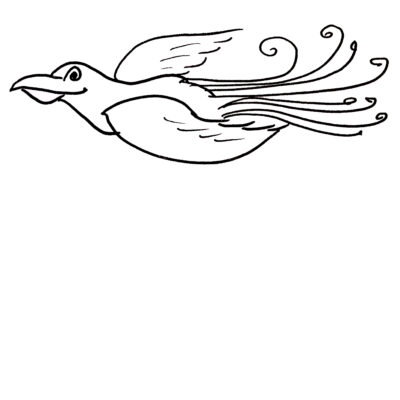
Different skills mean different approaches with one goal – survival
The formidable Colombian Lesserblack tarantula could easily eat an animal as small as the dotted humming frog, but it doesn’t. In fact, the giant spider and tiny frog are happy to share the same home. This strange domestic arrangement has developed because the predators that eat dotted humming frogs don’t dare enter the burrow of a large hunting spider. Protected from attack by the presence of the spider, the tiny frog feasts on the beetles and ants that are attracted to the spider’s kills, including those that eat the spider’s eggs. So, contrary to an earlier theory that the frog was the spider’s pet, the frog is, in fact, protecting the next generation of Colombian Lesserblacks which, in turn, provide safe homes for the next generation of dotted humming frogs.
Never underestimate your worth or think you are too small to make an impact.
“Great things are done by a series of small things brought together.” Vincent Van Gogh
Read the next in our series of free marketing guides:
#8 Be Professional: how to make a great first impression
Guide written by Jacky Fitt. Discover the work of our translators.
